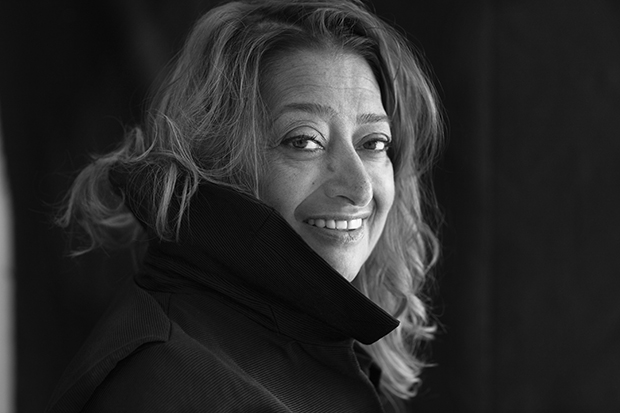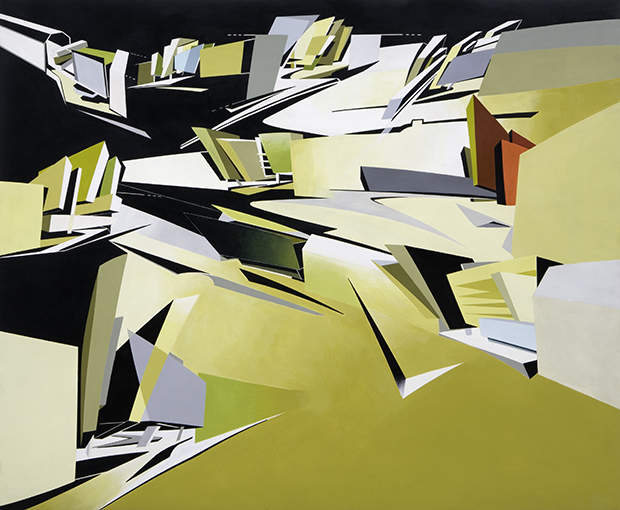
Take a look at Zaha Hadid's incredible paintings
The late Pritzker laureate's unrealised painterly plans go on display at a career retrospective in Venice this month
Why did it take Zaha Hadid such a long time to complete her first building? Although the Pritzker laureate graduated from The Architecture Association in 1977, Hadid’s practice did not complete its first commission, a fire station for the Vitra campus in Germany until 1993.
Works from those intervening years, as well as plenty more besides, will go on show later this month, at Palazzo Franchetti in Venice, as part of a posthumous retrospective timed to coincide with this year’s Venice Architecture Biennale.
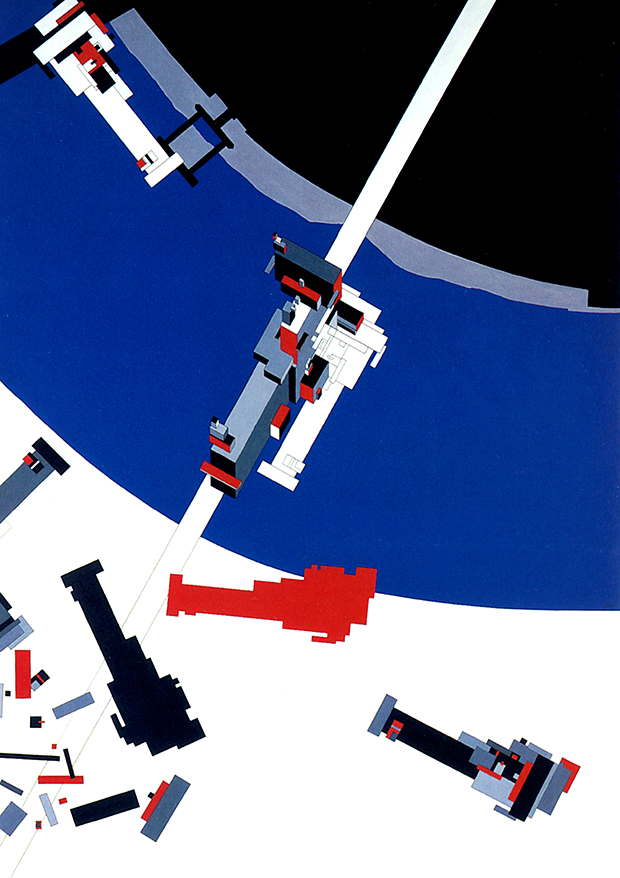
These early, unrealised designs, far from displaying the work of a jejune talent, rightfully passed over by building committees, actually capture an enormously fertile period of visionary experimentation for the architect, which finally found a place in our built environment during the first two decades of the 21st century.
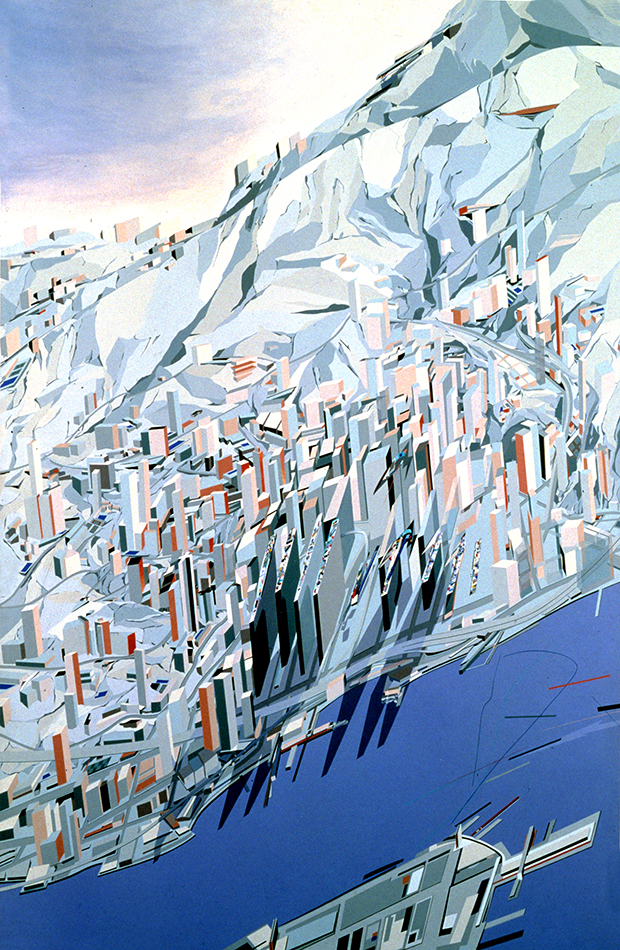
The show includes Hadid’s Architecture Association graduation project, Malevich’s Tektonik, a plan for a hotel on London’s Hungerford Bridge which incorporates Russian Suprematist forms; there’s also her well-known plans for Hong Kong’s Peak Leisure Club, a competition-winning design dating from 1983, which, despite remaining unbuilt, won the architect a great deal of international acclaim.
Visitors can also see Dame Hadid’s hugely ambitious reimagining of London’s Trafalgar Square dating from 1985; a 1988 competition-winning scheme to develop a kind of elevated city island beside Kurfurstendamm square in what was West Berlin; and another beautiful, yet unrealized riverside plan for Hamburg dating from 1989.
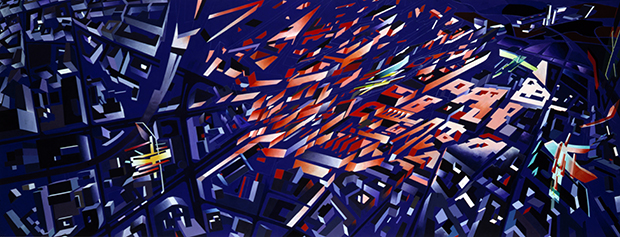
Despite the futuristic look of these studies, all of these images are paintings, not computer renderings. Hadid believed that this drafting method, far from hindering her architectural style, actually aided its development.
“My paintings really evolved thirty years ago because I thought the architectural drawings required a much greater degree of distortion and fragmentation to assist our research – but eventually it affected the work of course,” she once explained. "In the early days of our office the method we used to construct a drawing or painting or model led to new, exciting discoveries. We sometimes did not know what the research would lead to – but we knew there would be something, and that all the experiments had to lead to perfecting the project.”
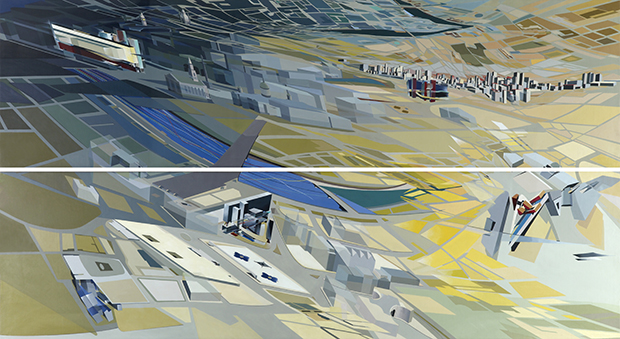
Indeed, visitors can see exactly where these early projects led in a discrete part of the exhibition, displaying Hélène Binet’s photographs of Zaha Hadid’s fully realized buildings.
If you’re unable to get to Venice for the show, which runs 27 May – 27 November, you can see many of Binet’s best photographs of both the late Dame Hadid’s works and plenty of others besides by ordering a copy of our Binet monograph, Composing Space here. Meanwhile, to understand the Russian Suprematist influence in her early work, read up on Malevich and co in The Art Book.
